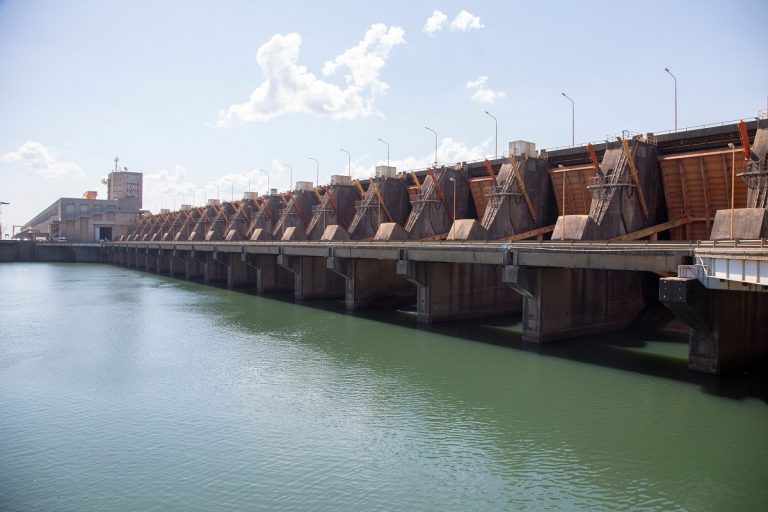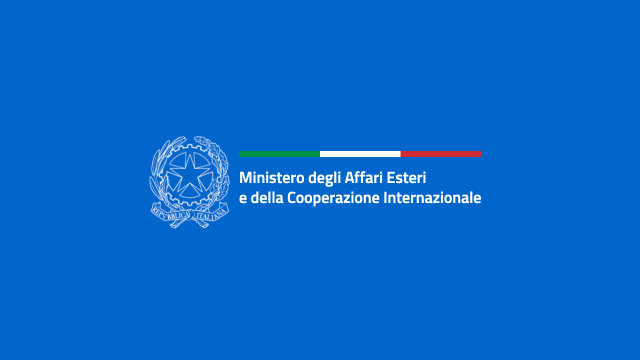Despite being a small country, Costa Rica has achieved a surprising result, establishing itself as the second largest exporter of medical devices in Latin America, thanks to a very specific industrial strategy.
The crucial decision to establish an assembly and testing plant for Intel semiconductors in Costa Rica dates back to 1997. They are the basis of modern medical devices, because they provide the technological basis for the operation of many equipment used in the healthcare sector, thus turning the country into a modern centre for the production of advanced services. That decision laid the foundations for a cutting-edge production and innovation ecosystem.
The medical device industry in Costa Rica, in particular, has developed since the establishment of the multinational Baxter in 1987, which has seen an exponential growth of its cluster, to the point of enabling the country to position itself as one of the world leaders in the production of medical devices.
Four main development stages can be identified. The first (1985-2000) saw 23 new companies that, following in the footsteps of Baxter, gave rise to the cluster of medical devices in the cardiovascular, aesthetic, dental and surgical sectors. During the second stage (2001-2008) further 21 companies entered the market, expanding the production of endoscopic, orthopaedic, medical protection and sterilization devices. The third stage (2009-2012) witnessed an accelerated transformation, with the establishment of 24 new companies in just four years, thus expanding the production segments to the optical, neuroendovascular, medical protection and radiological sectors.
Later diversification increased with German, Dutch and Japanese investment. Exports rose to 1.5 billion dollars in 2012. Finally, the stage of decisive push and global growth (2013-2020) saw the sector strengthen with 28 new companies and exports reaching 4 billion dollars in 2020, as well as a significant strengthening in the cardiovascular, dental, endoscopic, optical and orthopaedic sectors, entering the stoma and neuromodulation segments. The companies producing and exporting medical devices include the Italian LuxotticaEssilor, which produces contact lenses.
The medical and precision devices sector exports almost all of its production: in 2024, the sector accounted for 43% of total exports, with a further 27% growth in January 2025 compared to January of the previous year.
Key factors in this success include a stable political and commercial environment; a highly skilled workforce; a vast network of trade agreements and a free trade zone regime that, since its establishment in 1990, has attracted over 500 multinational companies through the granting of tax incentives, tariff exemptions and regulations.
Growth in the export sector has been followed by increased sophistication in production, shifting from an almost exclusive production of disposable medical products in 2000 to a significant increase in the production of high value-added diagnostic equipment and therapeutic devices, which today account for approximately 25% of the sector’s total production. Cooperation between the public and private sectors has been very important in the development of the production sector.
Costa Rica is reaping the benefits of past investment in education and workforce development, now having a human capital equipped with the skills sought by high-tech industries – technical skills for advanced manufacturing, language skills, leadership and problem solving skills.
All this certainly makes the country interesting for foreign companies such as Boston Scientific, Medtronic, Abbott and Baxter, among many others that invest in Costa Rica. Just think that 14 of the 30 most important MedTech companies in the world are present in Costa Rica: to date, no less than 100 medical device companies operate in the country and the sector reached record exports of almost 9 billion dollars in 2024.
While geographical proximity between Costa Rica and the United States is an advantage for investment, undoubtedly the success of nearshoring policies cannot be attributed only to this factor. Other important factors are a stable investment climate, qualified talent, competitive trade policies and leadership in sustainability, as well as political stability and respect for the rule of law, certified also by the OECD (Organization for Economic Cooperation and Development), of which Costa Rica is a member.
Sustainability is also essential, as almost all of the electricity consumed comes from renewable sources, thus making the country attractive for companies that are committed to high environmental, social and governance standards, also thanks to the support of PROCOMER – the agency specialized in attracting investment and promoting exports.
To date, the country is home to over 86 multinational medical device manufacturers – making Costa Rica the second leading exporter in the Latin American region after Mexico. As many as 13 of the 20 most important device companies in the world are located in San José, employing approximately 50 thousand people. Investment and exports are favoured by the free zone regime, which provides incentives to exporting companies that invest in the country, to the benefit of distributors, suppliers and producers, thanks to tax exemptions on imports, exports and local purchases, real estate and municipal taxes for 10 years, and the remittance tax.
Despite the success of Costa Rica’s medical device market, the country has to face some logistical and cost challenges to remain competitive. These include still inefficient sterilization procedures, high labour costs – which account for approximately 70% of production costs – as well as high shipping and transportation costs, especially to the United States. The latter are compounded by the additional costs of sea freight, while Mexico, the main competitor, can rely on entirely land-based logistics up to the US border. With targeted investment in training and innovation, however, Costa Rica has the potential to further strengthen its position on the global medical technology scene.





